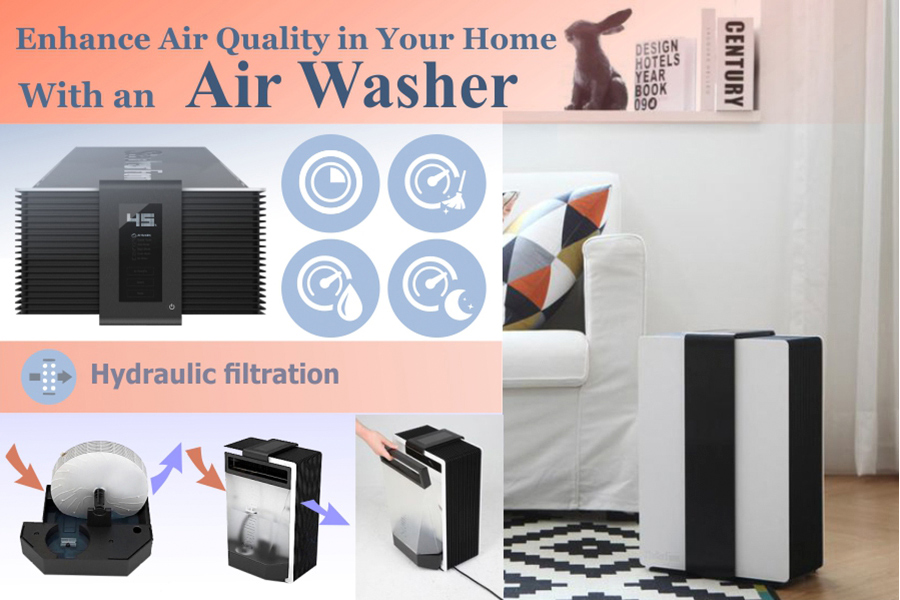The Ultimate Guide To Understanding Heat Pumps - Just How Do They Work?
The Ultimate Guide To Understanding Heat Pumps - Just How Do They Work?
Blog Article
Short Article Produced By-Forrest Bland
The best heat pumps can save you substantial quantities of money on power bills. They can likewise help reduce greenhouse gas discharges, particularly if you utilize electrical power instead of nonrenewable fuel sources like gas and home heating oil or electric-resistance heating systems.
Heatpump function very much the like air conditioning unit do. This makes them a viable choice to standard electric home furnace.
How They Function
Heatpump cool homes in the summer season and, with a little aid from power or gas, they supply a few of your home's heating in the winter months. They're a good option for people who intend to decrease their use of fossil fuels but aren't ready to replace their existing heating system and a/c system.
They depend on the physical fact that also in air that seems too chilly, there's still power present: cozy air is always relocating, and it wishes to move right into cooler, lower-pressure settings like your home.
Most power STAR licensed heat pumps run at near to their heating or cooling ability throughout most of the year, reducing on/off cycling and conserving energy. For the best efficiency, concentrate on systems with a high SEER and HSPF score.
The Compressor
The heart of the heatpump is the compressor, which is likewise referred to as an air compressor. This mechanical streaming tool utilizes prospective power from power development to enhance the pressure of a gas by decreasing its volume. It is various from a pump because it just services gases and can not work with fluids, as pumps do.
Atmospheric air goes into the compressor with an inlet valve. home ventilation systems christchurch vane-mounted arms with self-adjusting length that separate the interior of the compressor, developing several dental caries of varying size. The blades's spin forces these dental caries to move in and out of stage with each other, compressing the air.
The compressor draws in the low-temperature, high-pressure cooling agent vapor from the evaporator and compresses it into the warm, pressurized state of a gas. This procedure is repeated as required to supply home heating or cooling as called for. The compressor likewise contains a desuperheater coil that recycles the waste warmth and adds superheat to the cooling agent, changing it from its liquid to vapor state.
The Evaporator
The evaporator in heatpump does the exact same point as it performs in fridges and air conditioners, altering liquid cooling agent into an aeriform vapor that removes warm from the room. Heat pump systems would not work without this critical piece of equipment.
This part of the system is located inside your home or structure in an interior air handler, which can be either a ducted or ductless unit. It contains an evaporator coil and the compressor that compresses the low-pressure vapor from the evaporator to high pressure gas.
Heat pumps absorb ambient warmth from the air, and then make use of electrical power to transfer that warm to a home or service in home heating mode. That makes them a lot a lot more energy efficient than electric heaters or heating systems, and since they're using tidy electricity from the grid (and not burning gas), they additionally produce much less emissions. That's why heatpump are such fantastic environmental choices. (Not to mention a substantial reason why they're becoming so popular.).
The Thermostat.
simply click the following post are wonderful choices for homes in cool environments, and you can utilize them in mix with typical duct-based systems or even go ductless. They're a great alternative to nonrenewable fuel source heating unit or typical electrical heaters, and they're a lot more lasting than oil, gas or nuclear HVAC equipment.
Your thermostat is one of the most important element of your heatpump system, and it works extremely in different ways than a traditional thermostat. All mechanical thermostats (all non-electronic ones) job by using materials that transform dimension with increasing temperature level, like coiled bimetallic strips or the expanding wax in an automobile radiator valve.
These strips contain two various types of metal, and they're bolted with each other to form a bridge that finishes an electric circuit linked to your HVAC system. As the strip obtains warmer, one side of the bridge broadens faster than the other, which causes it to flex and signal that the heating system is required. When the heat pump remains in heating setting, the turning around shutoff turns around the circulation of refrigerant, to make sure that the outside coil now operates as an evaporator and the indoor cylinder becomes a condenser.